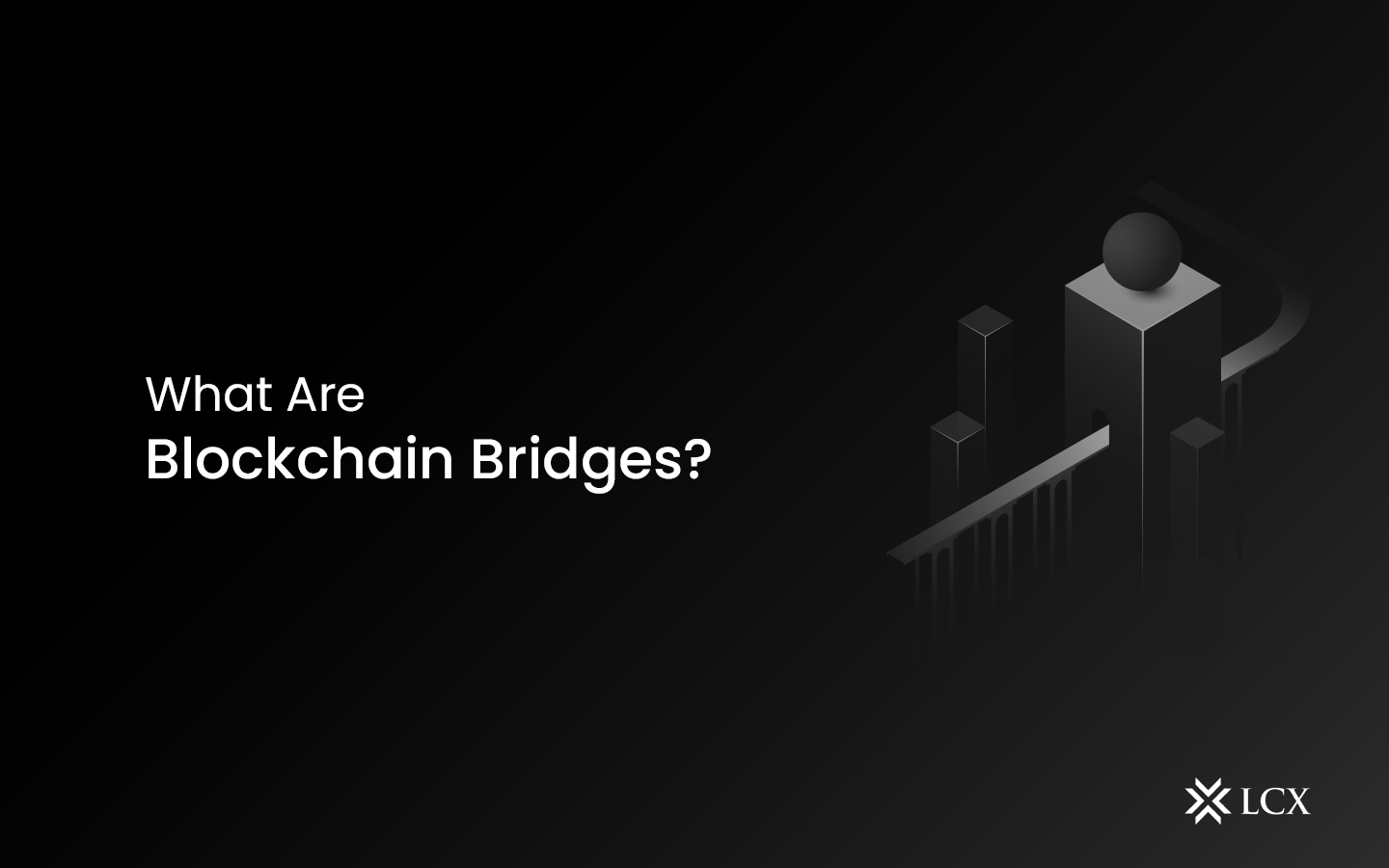If you are a crypto enthusiast, you will know that crypto runs on Blockchain. Blockchain is a database that records every transaction carried out on the network. Now, multiple blockchain networks are being developed today, and a blockchain bridge is your key to achieving interoperability between these blockchains.
Blockchain Bridge
A blockchain bridge is a protocol that allows interaction between two or more blockchains. Different blockchains like Ethereum and Bitcoin work on separate protocols, system rules, and programming languages. Thus, it is not easy to communicate across these blockchains. Now, with the introduction of the blockchain bridge, these blockchains are connected to enable interactions between them.
The primary function of the blockchain bridge is to enable interoperability. Interoperability refers to the ability of the data and digital assets hosted on the Blockchain to interact. Interoperability is what the Internet needs to carry out the holistic working of the webspace. Blockchain consists of distinct protocols. Thus, blockchain bridges are required to allow the smooth exchange of data and value between these protocols.
How Does It Work?
Blockchain bridge works in multiple ways. The most common way is token transfer. In this method, the amount of crypto you want to transfer to another blockchain gets locked using “smart contracts.” Another term used in blockchain bridge is “wrapped token” to represent a tokenized version of another crypto. It can be unwrapped at any point and is usually pegged to the assets it means.
Bridging is an easy process and takes just a few steps. First, you have to choose the chain that you would like to bridge from and by what amount. Then, you must deposit the specified amount of crypto to the address generated by the bridge. Once the crypto is received at the other end, the blockchain bridge will send you the wrapped token equivalent to the crypto’s value. Different blockchain bridges are available today, Ethereum bridge, etc.
Why Do We Need It?
One of the biggest challenges that the crypto world has faced is the lack of capability of the blockchain networks to work together. Due to specific protocols, rules, tokens, and smart contracts, each Blockchain is distinct. The blockchain bridge works to bring the isolated blockchain ecosystems together.
Types Of Blockchain Bridges:
- Custodial: Custodial blockchain bridges are run by a central entity, and thus users have to put all their trust in that individual entity to operate the system correctly and safely. Extensive research about this entity is recommended if the users decide to go with custodial bridges.
- Non-custodial bridges: These operate on a decentralized basis. They depend on smart contracts for crypto mining and locking, and there is no need to trust a single operator for the smooth functioning of the process. In this type of bridge, the security and integrity of the system are maintained.
Benefits Of Blockchain Bridges
- The most significant benefit is enhanced interoperability.
- Another benefit is their contribution towards resolving the scalability issues, as some blockchain bridges can handle many transactions.
- Users benefit from blockchain bridges through lower transaction costs and faster transactions.
Associated Risks
Attackers may exploit the vulnerabilities of some smart contracts that consist of any loophole
Custodial bridges can sometimes expose their users to custodial risks.
Blockchain bridges connect various blockchains. Thus, the overall security of the interconnected network is not that great.
Future
Interoperability is capable of revolutionizing the Internet. Blockchain bridges are crucial to enhancing the interoperability of blockchain networks and, ultimately, their mass adoption. These bridges have shown exceptional growth in users, bridges, and total transaction volume.
The blockchain bridge will continue to grow in the future, too, as the Internet is moving to Web3.
Conclusion
The blockchain industry keeps getting hit with innovations. Some do not get much success; some make an excellent name for themselves, and Blockchain bridges fall into the latter category. When these bridges help the blockchain ecosystem, it becomes more interoperable and cohesive, which makes the whole system work better.









